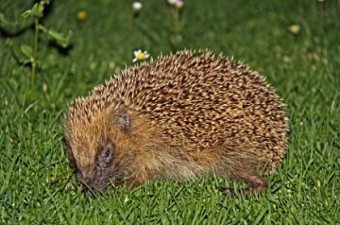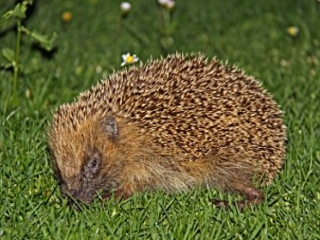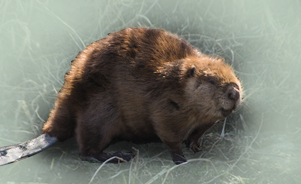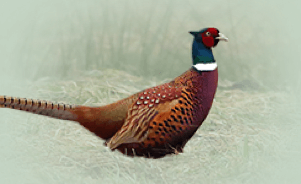European hedgehog Erinaceus europaeus

Features
He is a resident of the forest that we hear more often than we see when he walking through the leaves on the forest floor. It is primarily a resident of forests that have many shrubs. He can also find his home in an orchard, park or home garden. He only needs a suitable shelter where he can retreat in case of danger and spend the day there.
| Species | Mammal |
| Living space | Bright forest, Clean or mixed forest, Conifer forest, Dark forest, Deciduous forest, Mixed forest, Treeline |
| Size | 20-30 cm |
| Weight | 400-1100 g |
Specialty habitat
Description
The hedgehog has a short and stocky body covered with spines on the upper side. These are yellowish and dark brown in the middle and at the tip. He has a pointed nose, small eyes and short round ears. It grows up to 30 cm in length and has a tail up to 2.5 cm long. If he finds himself in danger, he curls up into a barbed ball, squeals, snores and smacks. He has a well-developed sense of smell. See poorly. It makes its nest in bushes, under a pile of thorns, in compost or in a hedge. If there is no suitable space, he digs a hole that is 30 cm deep and has two exits directed north - south. Use grass, leaves, straw or hay to make the nest. It also spends the winter in the nest when hibernating, which it occasionally interrupts in search of food. The female gives birth to one or two litters each year with 2 to 10 pups. They overlook in 14 to 18 days and suck for up to 20 days. They become independent after 45 days. They can reach sexual maturity in the first year. The hedgehog feeds mainly on insects. On his menu are grasshoppers, beetles and their larvae, field and forest mice, earthworms, birds and young birds, and snakes. It also eats strawberries and fruits.
Features Temenica (3)
SPECIAL ogr.




